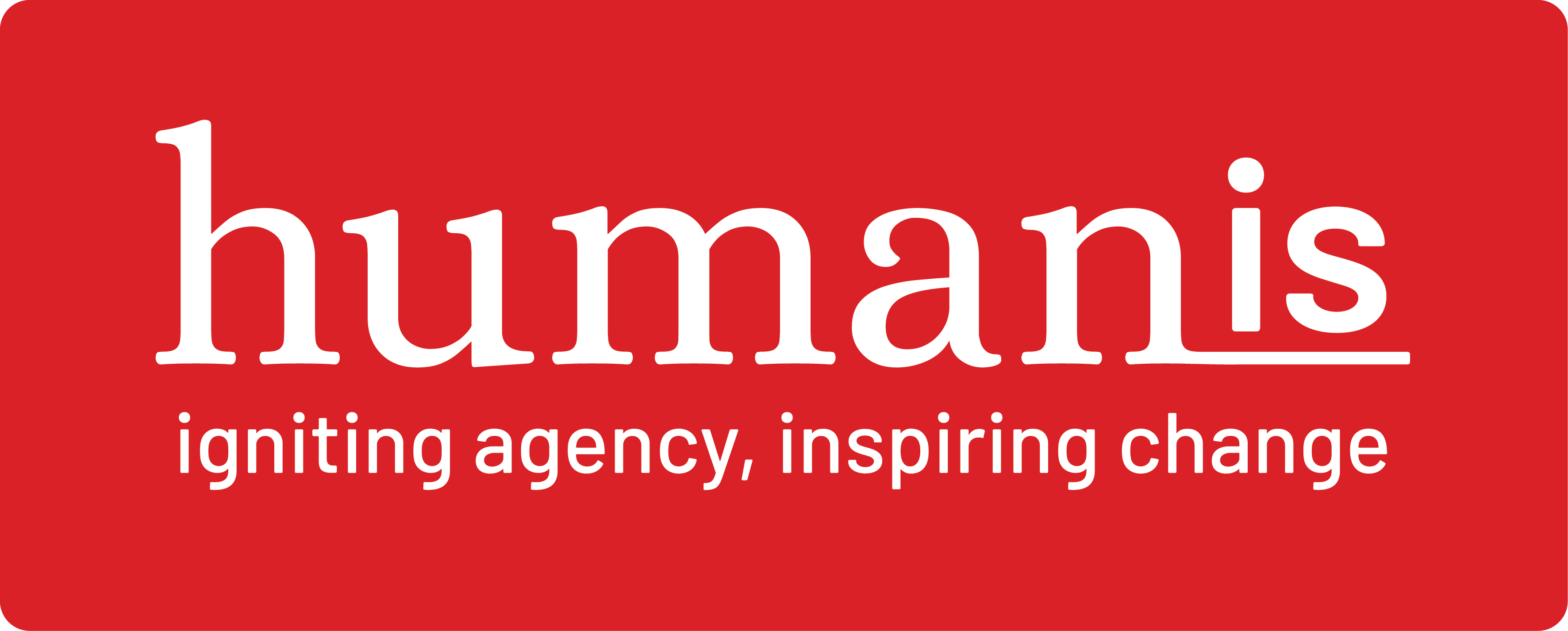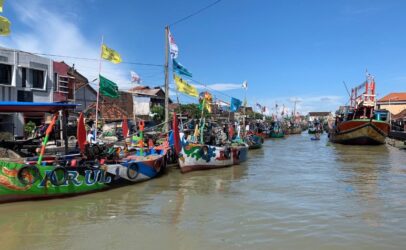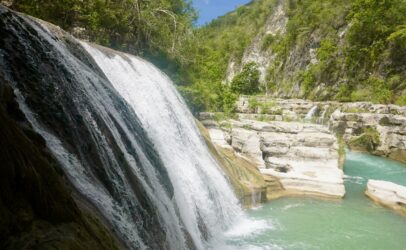
On the evening of April 21, 2021, most people in Kupang, the capital of East Nusa Tenggara, were all sound asleep. Kupang locals had just joyfully celebrated Easter and the Easter Eve or Holy Saturday the day before. It was evidently a happy moment until the midnight turned into torture by Seroja Cyclone hitting the province that consists more than 500 islands.
It was a terrifying night. Power outage. Pitch black sky. Strong wind. Heavy rain. Flash flood. Raging sea.
The Seroja Cyclone, based on data from ASEAN Disaster Information Network, caused 181 people killed, 184 people injured, 26 people missing, 50.000 people lost their homes, 466.000 people affected.
Kupang locals certainly would never forget that third largest tropical cyclone in Eastern Indonesia and Australia. Including Yasinta Adoe, a 29-year-old fisherwoman.
“My boat and all the fishing gear were gone. Fishermen are victims and we have to endure difficult situations such as losing our boats and fishing gear. We have to restart from zero,” said the woman who lives in the area of Pasir Panjang, a famous beach in the center of Kupang City.
This mother of three is currently active in Majelis Nelayan Bersatu (United Fishermen’s Council), an organization that unites fishermen groups in several coastal areas of Kupang City. This organization actively advocates for the rights of fishermen. Not just for fulfilling their rights, they also see that the problems affecting the fishermen cannot be separated from the large framework of the climate crisis.
The Seroja Cyclone, in their opinion, is a real impact of the climate crisis. This is in line with the perspective of the Meteorology, Climatology and Geophysics Agency (BMKG), which called the Seroja Cyclone a true example of the impact of climate change in Indonesia.
Seroja Cyclone is in the category of hydrometeorological disaster. This type of disaster dominates all the disasters in Indonesia by 90% for the last ten years. The term hydrometeorology refers to natural disasters that occur in the atmosphere (meteorology), water (hydrology) and ocean (oceanography). This hydrometeorological disaster is frequently triggered by extreme weather which is the impact of the climate crisis.
Yasinta also mentioned that the Seroja Cyclone is one of the climate-related problems experienced by fishermen in Kupang. “In the last few years, the weather here has been unpredictable. It becomes difficult to go fishing,” said Yasinta.
Fisherwomen in Pasir Panjang rely on sea products for a living. In the past, at any time they could go to fish to Kepa Island, an area about a 1-hour trip from the coast of Kupang with a small motorboat.
On that island, the fisherwomen usually collect organic seaweed and look for other sea products such as fish and octopus. The problem is, Yasinta and her fellow fisherwomen now can only go to Kepa Island not more than four times a month. “The wind is unpredictable. The waves are huge. Difficult to go fishing,” said Yasinta. “This unpredictable weather is really the impact of the climate crisis.”
Because of this, the fisherwomen in Pasir Panjang also can only sell their sea products four times a month. They sell them on an empty plot of land in the Pasir Panjang area, on the opposite side from Sotis, a famous four-star hotel in Kupang.
Consequently, in order to make ends meet, these fisherwomen have to look for alternative sources of income. Many of them choose to sell coffee and roasted corn to visitors at Pasir Panjang Beach, a renowned tourist spot in the middle of Kupang City.
***
Every time they go fishing, Yasinta and her fellow fisherwomen would board a small rented motorboat. They go by a group of ten. The boat rental costs up to Rp300.000 for one way and they split the bills. The cost includes a boat captain, fuel and logistics during the trip.
“My boat was damaged by Seroja, so I have to rent one. If I want to build a boat, I need money, therefore I need a loan with low interest or zero percent. And if it is not protected with a wave breaker, the boat will be easily damaged by the waves. A breakwater can maintain the boat’s parking area,” Yasinta explained the major demands of the united fishermen’s council.
Fishermen as a community also make efforts to minimize the impact of the climate crisis on their livelihoods. Yasinta said that since two decades ago, fishermen in Pasir Panjang had been planting many trees around the shore such as sea hibiscus and mangroves.
She clearly remembers how the trees grow, because her father, who is also a fisherman, was one of the pioneers in that tree planting.
“Those trees have been there since 2004. The sea hibiscus prevents the coastal area from looking dry, minimizes waves and can be used by fishermen as shelter or a place to wait for water to recede. This tree is also used to store or repair boats when broken,” she said.
Yasinta and her friends have a success story of the time when they rejected the construction of a jogging track at Pasir Panjang Beach in 2015. They managed to get 1.000 signatures (online and offline) for a petition against the construction of a jogging track in Pasir Panjang.
It was planned that the jogging track will cover the sand area on the shore, while in fact the sand is a boat mooring place for the fishermen. “At that time, I already said, we don’t need a jogging track. We need a breakwater instead,” said Yasinta.
Yasinta and her friends’ efforts were successful. The jogging track was not built. However, the wish to have a breakwater has not yet been fulfilled.
For Yasinta, the struggle is not yet over. Until now, the united fishermen’s council together with local non-governmental organization such as Pikul Foundation which is part of the civil coalition with Koaksi Indonesia (a partner of Hivos-VCA Foundation) still continue to carry out campaign works and lobbying the local government regarding the fulfillment of the basic rights of the fishermen.







